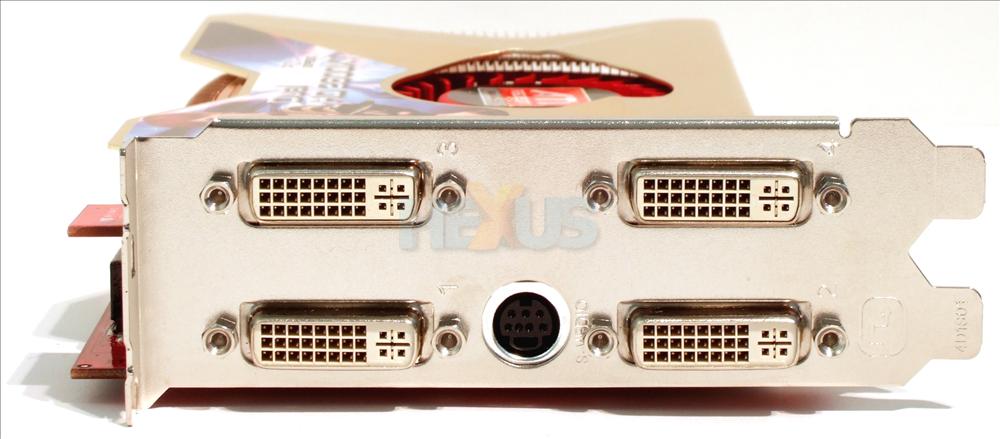Appearance and thoughts
We've previously seen GeCube indulge in some hot dual-GPU auction with its GEMINI 2 card, based on amalgamating 2 Radeon 1650 XTs on to a single PCB. The premise here is much the same, albeit with Radeon HD 2600 XTs instead.
Now, we know that regular Radeon HD 2600 XTs ship with a 796.5MHz core speed and either GDDR3 or GDDR4 memory - the choice is left up to the add-in board (AIB) partner. GeCube adds a total of 1024MiB of onboard memory, split between the two GPUs, but trims costs by cheaper DDR2, running at an effective 990MHz. Compare that to the 1,584MHz clocking on the Sapphire X2 and 2,196MHz on a regular-clocked GDDR4-equipped Radeon HD 2600 XT. Memory bandwidth - or lack thereof - may well come into play as resolution and image-quality settings are increased.
The fun is left on the topside, clearly. What we can determine is that, just like previous dual-GPU-on-a-board incarnations, the optimal rendering mode for gaming is internal CrossFire, activated via the CATALYST Control Centre within your operating system.
Radeon HD 2600 XTs are manufactured on a 65nm process and, as such, single-GPU boards don't require additional power over and above the 75W provided by the PCIe x16 slot. Add a second GPU and its complement of onboard memory, along with the necessary power-regulation gubbins and you have, well, at least double the heat output, and that's why we see a single six-pin PCIe power connector on the right-hand side of the above picture.
Our testing highlighted that the heatsink's fan isn't thermostatically controlled and, as such, was very noisy when GPUs were subjected to prolonged 3D load.
External connectivity is where the board really shines, though. Each DVI port provides dual-link, HDCP-enabled digital outputs. The caveat for running all 4 concurrently - on an avantgarde multi-monitor setup - is that the GPUs' CrossFire mode cannot be used. The downside of situating a double-height backplate is manifested with a dual-slot-taking design.













